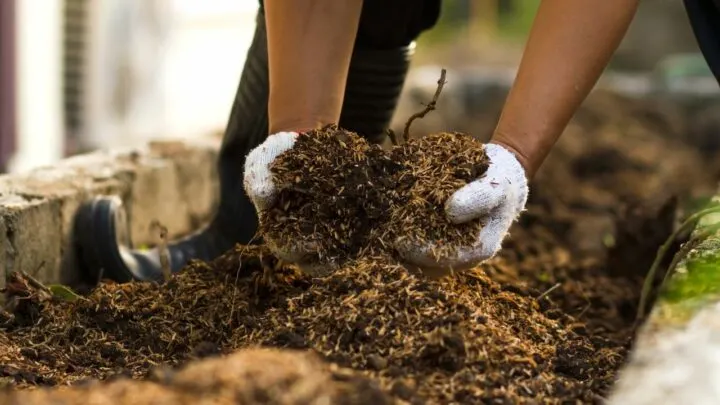What soil is best for growing vegetables? Most gardeners start their vegetable-growing quest without understanding the ideal soil for vegetable gardens, which leads to dissatisfaction.
So the main question thus is, “What Soil is Best for Growing Vegetables?”
We’re here to help you cut the path short and leave no room for frustration by sharing our knowledge.
First and foremost, no matter what soil you grow veggies in, they will not thrive. They, like people, require a haven that provides psychological, bodily, spiritual, and mental comfort.
To find out if your soil accomplishes this, first, check what type of soil you have.
Apart from the soil type. Soil has four different components, according to the University of Maryland.
The four components are water, air, minerals, and organic matter.
A successful garden begins with great soil; a vegetable garden is a prime example.
Now that you’ve set up a time to work on the vegetable garden, here are a few pointers to help you succeed.
What Soil is Best for Growing Vegetables?
The best soil for growing vegetables is loam soil among the four existing soil types loamy, sandy, clayey, silty. Loam soil contains various nutrients essential for plant health. Plus, it can store additional nutrients as well. Also, loam soil can maintain moisture efficiently while draining correctly.
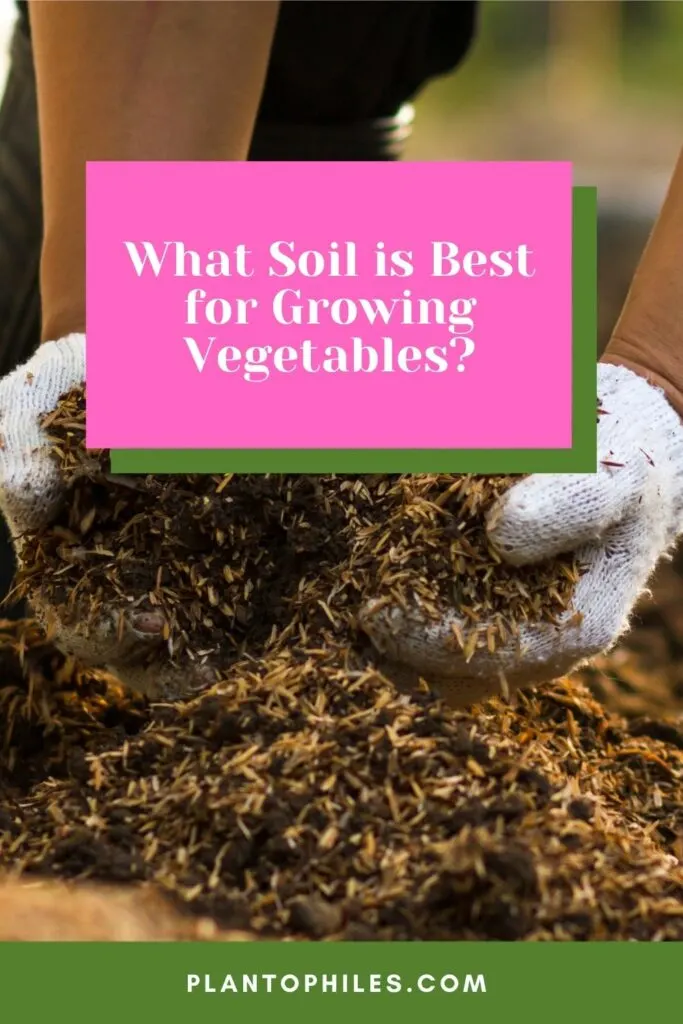
Table of Contents
Know the Soil Type You Use
There seem to be four primary soil types:
- Loamy
- Sandy
- Clayey
- Silty
The ideal soil for vegetable gardens is loamy soil, which stimulates the development of practically all sorts of vegetables.
But it doesn’t mean you cannot grow veggies in other types of soil.
You’ll only have to work harder on those soils to perfect the base.
A great resource is the USDA Web Soil Survey. It is a very extensive soil database that covers more than 95% of the US counties.
However, on-site investigations and soil tests might still be necessary in some cases, it is still a fantastic resource.
Loamy Soil
Loam is a variety of soil largely made up of clay, sand, and silt. It’s the most popular form of soil for gardening.
Since it maintains moisture efficiently while draining at a correct rate, loam soil is ideal for gardening.
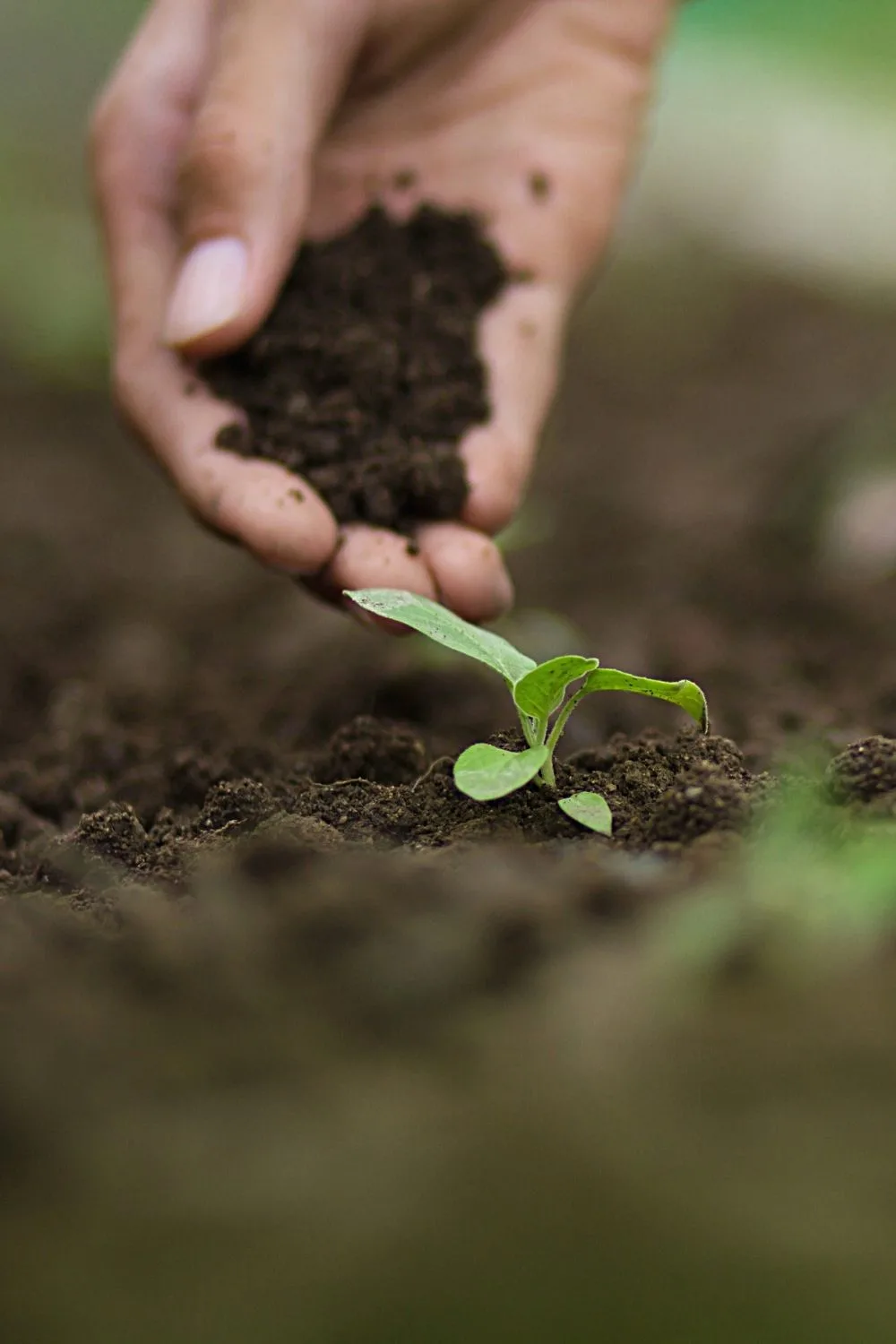
It is nutrient-rich, which is essential for plant health. It also stores nutrients more effectively.
You do not have to do anything if you already have loamy soil. All you have to do now is fertilize them to keep them going.
Sandy Soil
Sandy soil is what it says on the label. It drains quickly, dries quickly, and barely keeps its form.
Fortunately, amending sandy soil is somewhat easier than amending clay soil.
To make sandy soil suitable for your floral or vegetable garden, soften the soil in the desired location, aiming for a depth of 3 inches.
After that, you’ll want to add some organic compounds and a quality composted planting mix. A 2:1 ratio is ideal.
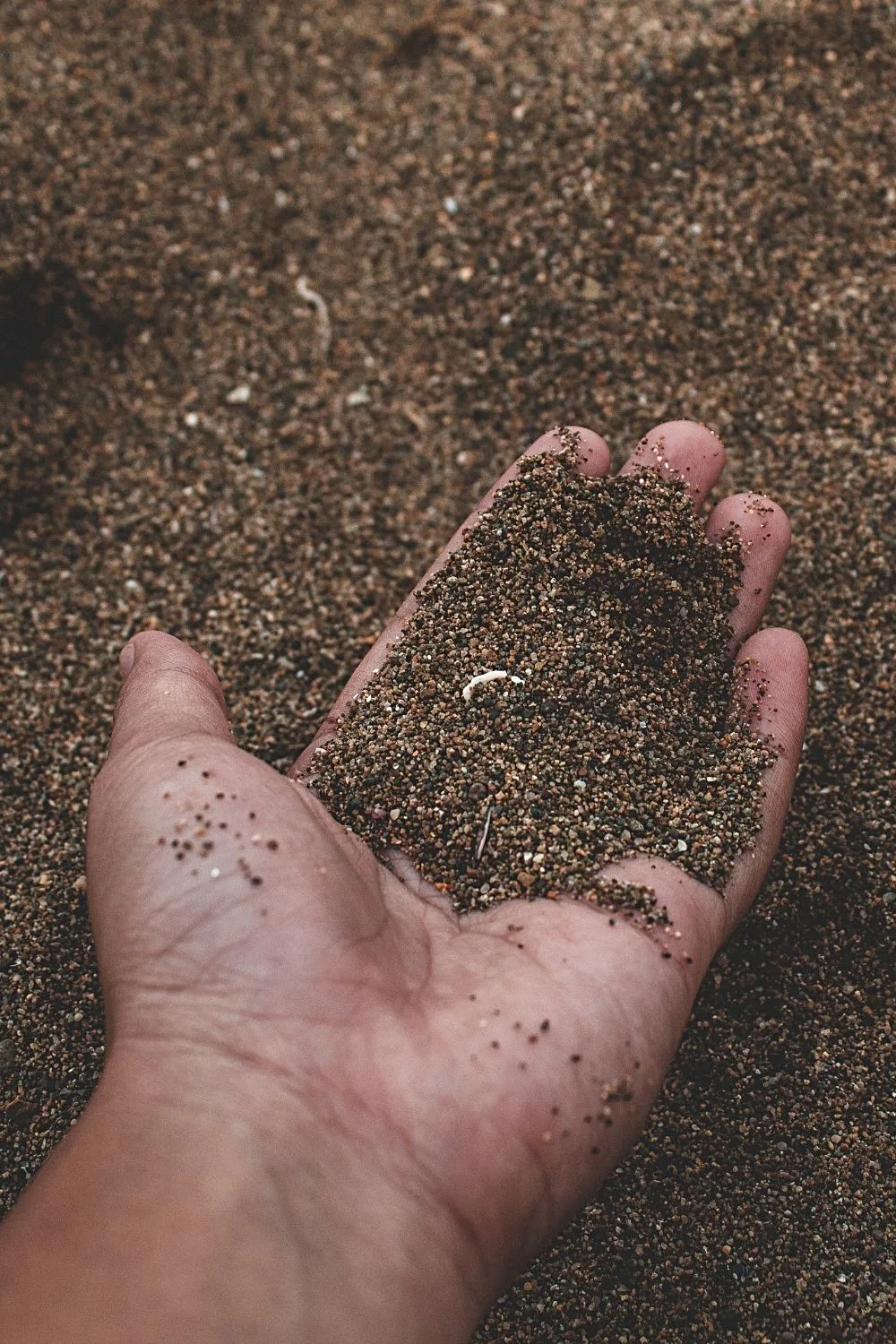
It’s also a smart idea to throw in some clippings that will aid in water retention.
Keep an eye on your watering to check the plant’s health. You may have to irrigate your crop more frequently than usual.
It’s also a smart option to fertilize at the start and midway through your growing season to ensure your plant is getting sufficient nourishment.
Vegetables that can be cultivated in sandy soil include the following:
- Collard greens
- Peppers
- Squash
- Lettuce
- Carrots
- Potatoes
- Zucchini
Clayey Soil
If you detect thick stuff, you most probably have clay soil. Clay soil can also be a shade of orange or red.
It’s stinky and muddy when it’s moist. It is tough and hefty when dry, plus lots of friction when you delve.
All these are indications of clay soil.
What is the best way to remediate clay soil? The best part is that you can change it and make it fit for you, but it will take a lot of effort.
You’ll have to incorporate as much organic stuff as possible. Agitate the soil and then mix the topsoil into the first two inches to accomplish this.
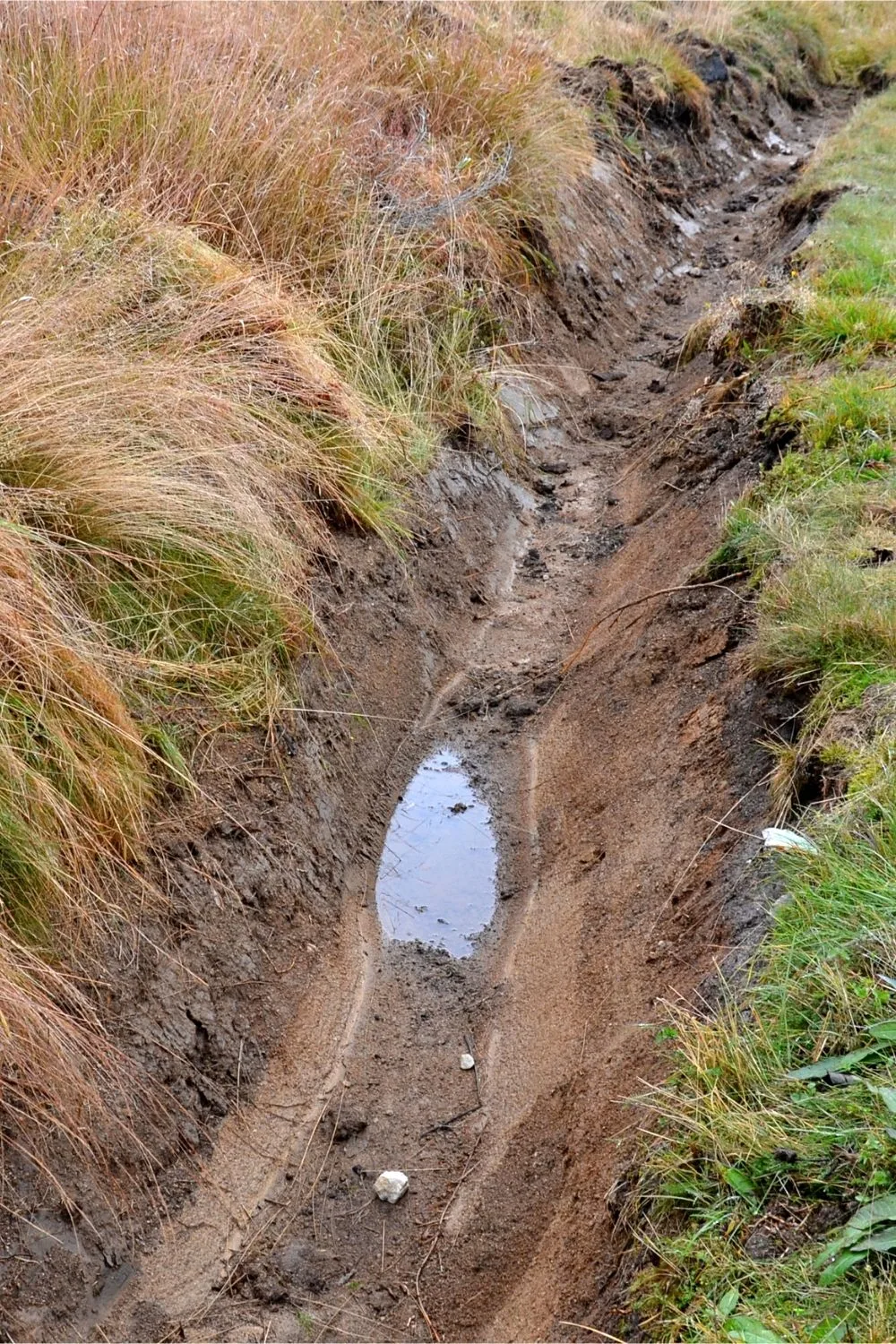
The vegetables that will grow best in clayey soil include the following:
- Cauliflower
- Cabbage
- Broccoli
- Daikon
Silty Soil
The fine, granular consistency of silty soil distinguishes it from other soil types. It has a finer texture than sandy soil and can retain more moisture.
When damp, it becomes extremely slick. It is commonly made up of ‘run-off’ from other soils.
It’s a happy medium of clay and sand.
If you ever want to grow a thriving plant on silty soil, you must regularly supplement it with organic material.
You should conduct a soil test because this soil type is mildly acidic. Lime can be used to temper the acidity if necessary.
To keep it looking good, cover it with mulch, clippings, or something similar at the start of the year and once again at the end.
Let the top decay and blend with the soil layer to aid water-holding capacity.
The veggies that will thrive in this type of soil are:
- Onions
- Radish
- Beets
- Parsnip
- Garlic
Soil pH for the Vegetables
While the pH needs for every vegetable differ, most require a soil pH of 6 to 7.
Acidic soil has a pH value of less than 7. Your soil is alkaline if the pH is greater.
You’ll need to evaluate your soil’s pH with a tester to find out what it is.
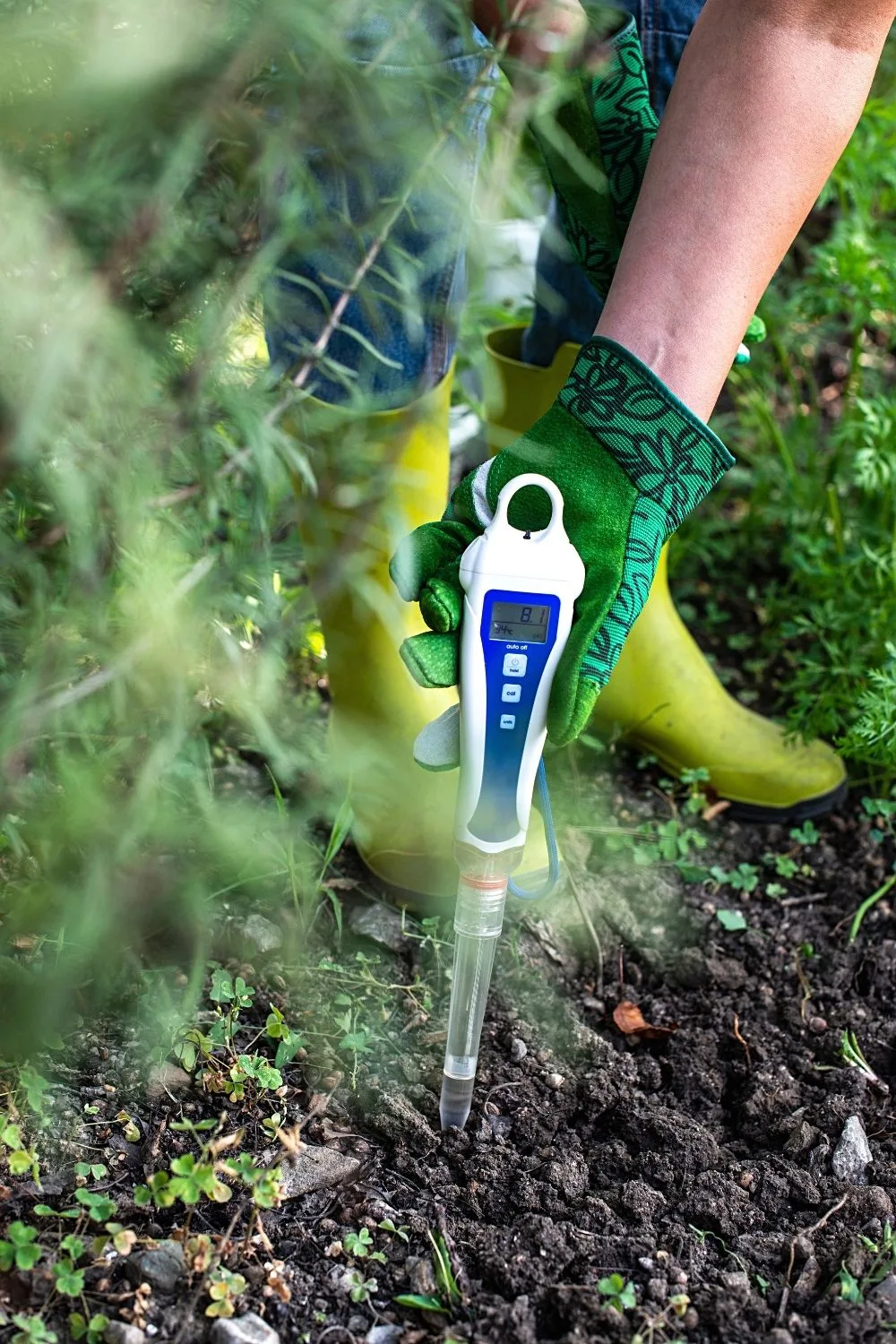
The alkalinity or acidity of the soil is determined by its pH. Knowing your soil’s pH might assist you in deciding which crops to grow and guide you on how to pH up and down.
If you have alkaline soil in your vegetable garden, you should cultivate them in containers with acidic manure.
However, if your soil is acidic, brassicas like cabbage profit from lime supplied a few weeks before planting since they prefer alkaline soil, and lime makes the soil more alkaline.
Lime also aids in preventing clubroot disease, a severe concern in the brassica family.
Testing the Soil to Know What Type It Is
If you are unsure, you should analyze your soil to see its form.
Here’s a quick and easy guide to figuring out your soil type.
- To begin, bring an empty glass jar to your planting location.
- Dig to a depth of just about 6 inches in the soil. Then, using a large-handed shovel, scrape a large amount of soil into the glass jar.
- Fill the jar halfway with your soil. After you’ve gathered the soil, fill the jar halfway with water and stir it well.
- You’ll be able to view the layers of content that constitute your soil type when the mix settles.
- Sand will settle down, clay will float on the surface, and silt will form a barrier between the two.
Soil for Raised Bed Vegetable Gardens
Raised beds are a terrific choice for vegetable gardens, but you’ll need to use the finest soil mix available for optimal outcomes.
Because most veggies are voracious feeders, plants require nutrient-rich soil to thrive and produce a plentiful supply of good food.
There are various ways to fill your raised bed garden with the granular, nourishing soil your plants require.
Lasagna Method
A cheaper alternative to fill your raised bed is to try the lasagna planting technique, also known as Hugelkultur gardening.
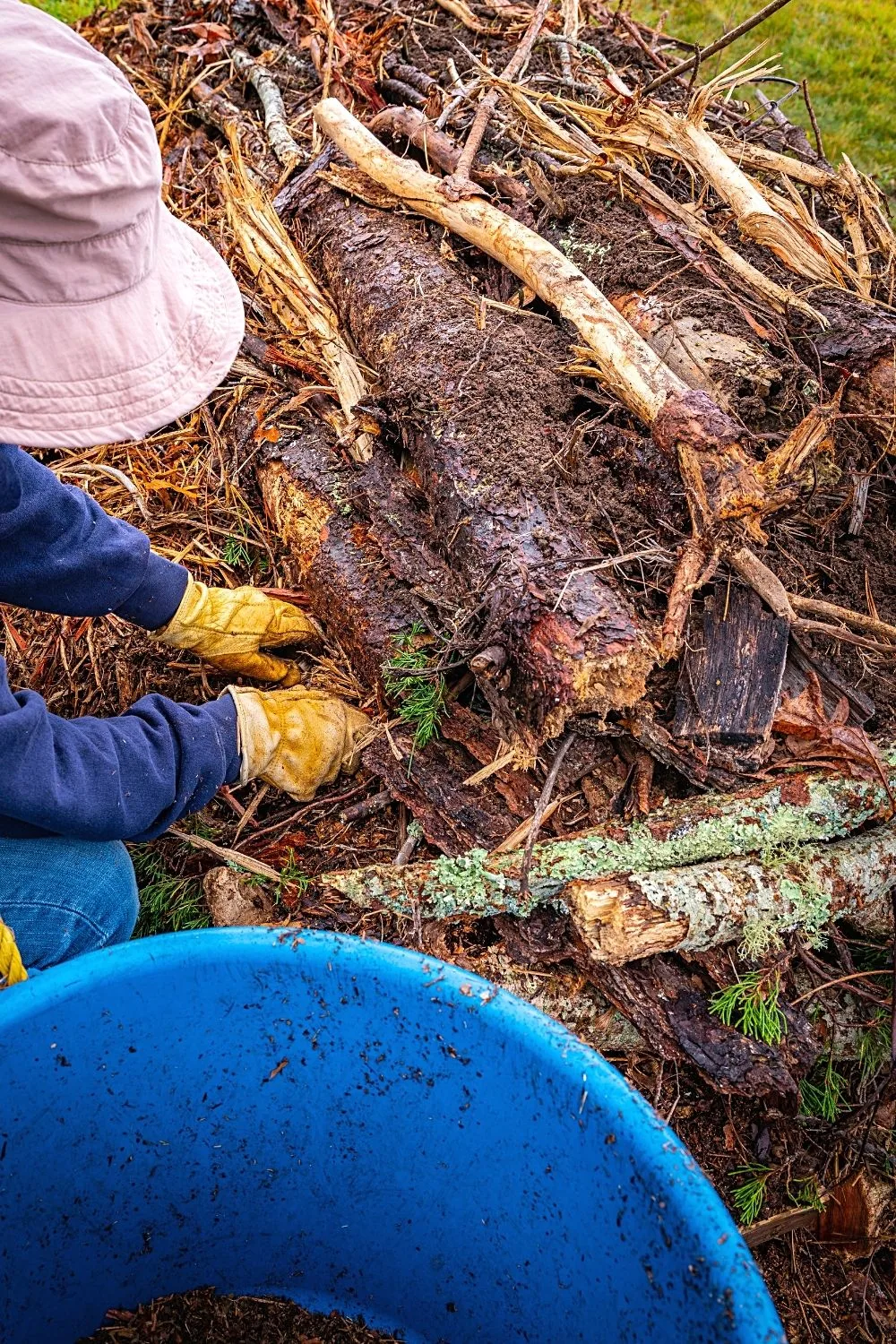
To begin, fill the bottom of the garden bed with branches, foliage, and straw.
Coffee grounds, tea leaves, eggshells, vegetable ink newspapers, and numerous biodegradable products can be used.
These will be layered like lasagna until you reach the top of your raised bed, around six to eight inches. Make sure the bed isn’t too full.
50:50 of Topsoil and Compost
Many individuals believe that natural soil is ideal for raised beds. This method considers the local climate and surroundings when growing veggies.

Mix 50 percent compost with 50 percent local topsoil, the simplest soil mix recipe.
Soil for Potted Vegetables
Those that don’t have enough area for a yard or raised vegetable garden may have to grow vegetables in pots, which they typically do indoors.
In this case, a bag of manufactured potting mix will still be a distant second to compost and organic soil.
But, you can’t always easily access native soil. If that’s the situation, purchase a planting mix of manure, bark chips, peat moss, and pine bark.
Most veggies should be able to flourish if these components are present.
The increased ventilation and vermicular movement of creatures like earthworms, which make garden soil even more nourishing for your plants, is also lost in potting soil.
If you don’t have any compost and need some help getting the soil to the appropriate consistency, look for a sack of commonly produced garden or potting soil.
You can typically get away with adding a bag or two of those store-bought blends, whether cultivating veggies in a container, a raised bed, or in the field.
Remember that the ones with the lowest synthetic materials are the best.
Compost and Fertilizer in Your Vegetable Garden Soil
Organic matter supplies nutrition for garden crops and softens the soil, allowing roots to extend out more readily.
The soil becomes more sponge-like due to this softening action, making it simpler to hold moisture.
Most fertilizers can produce organic matter, although compost is usually very effective.
True compost, or compost produced with the right mix of nitrogen and carbon-rich materials, is a godsend for garden vegetable soil mix.
The good thing is that composting at home is simple and ecologically friendly. This will cost you nothing other than extra room and a few moments of your time each week.
Nutrients and Organic Material
Nutrients
These three nutrients are the basic elements that all plants require whenever it relates to soil prepping for vegetable gardens.
They are the values you see on a fertilizer package and are called N-P-K. (e.g., 10-10-10).
While organic matter does give these nutrients, based on your ground, you may need to alter them separately. Chemical fertilizers or organic fertilizers might be used.
Use a chemical fertilizer with a bigger first number (e.g., 12-4-4) or an organic supplement such as compost or nitrogen-fixing vegetation to provide nitrogen.
Use a chemical fertilizer with a higher second number (e.g., 4-12-4) or perhaps an organic supplement like fishmeal or rock phosphate to supply phosphorus.
Use a chemical fertilizer with a higher last number (e.g., 4-4-12) or an organic supplement like potassium, husk ash, or greens to add potassium.
Organic Material
Every vegetable requires a good quantity of organic matter in its growing soil. You can use organic material for various applications.
Organic material also supplies many of the elements crops require to thrive.
Secondly, organic matter ‘loosens’ the soil, allowing the roots to grow more readily through it.
Organic matter also allows the compost in your vegetable to retain the water as they act like little sponges in the soil.
Mulch, well-rotted compost, or a mixture of the two can provide organic material.
Preparing the Soil for Vegetable Garden
Tilling the Soil
Tilling is an excellent method for breaking up the soil, incorporating soil additives, and correcting the nutritional or pH imbalance. It’s crucial not to go overboard.
When the dry season follows rain, continuously tilling the same soil produces thin, powdered sand that starts to dry up and compresses hard like cement.
However, you shouldn’t wait till moist soil. In the spring, ambitious cultivators may try to work the soil before it is ready.
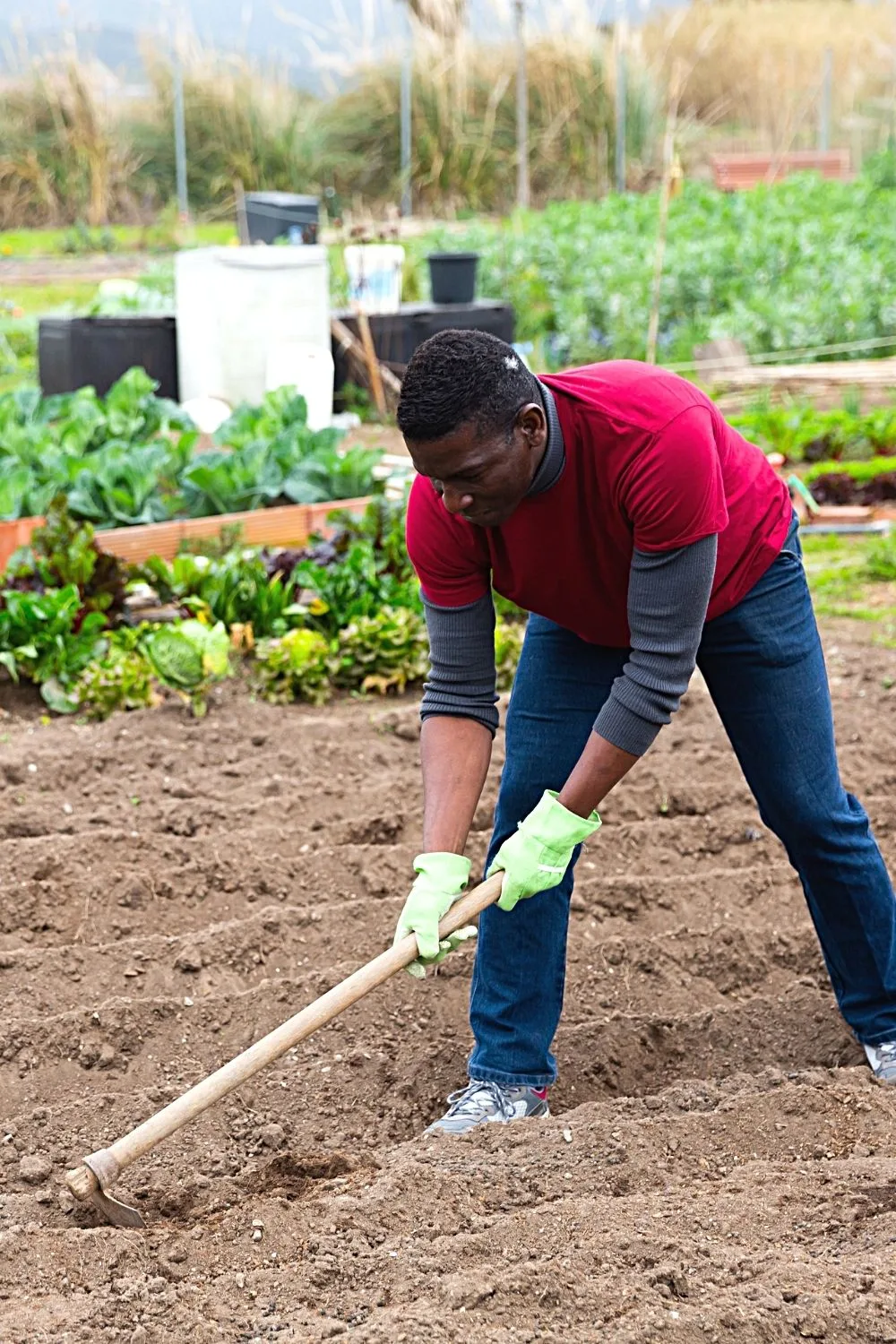
This isn’t just unsightly and can also harm the soil’s integrity, preventing future crop growth.
When working the soil, give it time to dry out a little.
Double Digging
Double digging is an old method of correcting poor soil aeration and drainage.
Essentially, you scrape a column of soil layer of almost 1 foot, then tarp the dug earth.
Then, using a spading fork, remove the dense layer beneath the topmost soil level in that hole.
Afterward, go to the next row and remove 1 foot of topsoil, dump it in the trench next to it, and soften the soil with a spading fork.
Continue this procedure until you come to the end of the garden when you resupply the last trench with the saved soil from the tarp.
Double digging may be a lot of labor, but you won’t need to repeat it once it’s completed.
It’s also one technique to make a bed more conducive to root crops like carrots.

Daniel has been a plant enthusiast for over 20 years. He owns hundreds of houseplants and prepares for the chili growing seasons yearly with great anticipation. His favorite plants are plant species in the Araceae family, such as Monstera, Philodendron, and Anthurium. He also loves gardening and is growing hot peppers, tomatoes, and many more vegetables.

